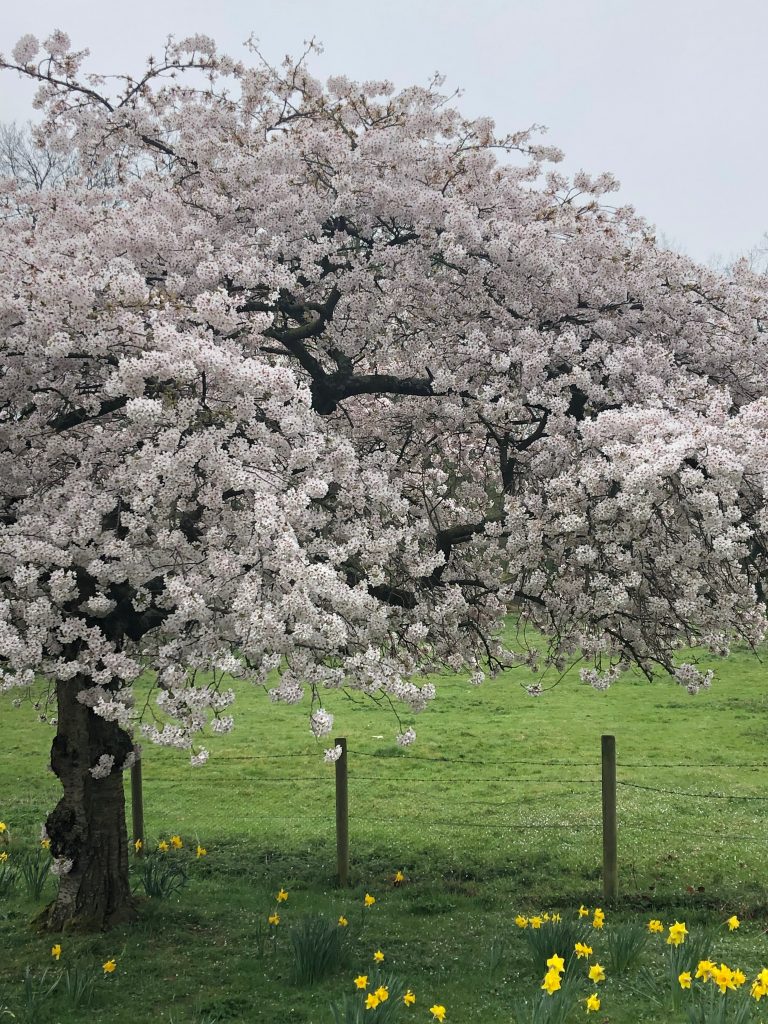A remarkable force! I cannot stop thinking about this book, the passages and content contained within it!
The Timeless Way of Building by Christopher Alexander
Just yesterday as I was standing in the brightly lit corridor of M&S, in the refrigerated beer section, with my hand outstretched, deciding which beer to choose, my mind wandered back to the gorgeous language, the gorgeous insights, the glorious paradigm shift, setting me off on a sparkling mind journey of percolating thoughts and reminisces …
“I once saw a simple fish pond in a Japanese village which was perhaps eternal. A farmer made it for his farm. At one end a bush of flowers hung over the water. At the other, under the water, was a circle of wood, and eight giant carp, each maybe 18 inches long, orange, gold, purple, and black: the oldest had been there eighty years. The eight fish swam, slowly, slowly, in circles. The whole world was in that pond. Every day the farmer sat by that pond for a few minutes. I was there only one day and I sat by it all afternoon. Even now, I cannot think of it without tears.”
The insights caused me a paradigm shift.
The book needs not be summarised, it already is summarised for you in the first few pages.
It’s the first book that I read which could be considered to be fractal.
Like a fern unravelling, each closer inspection reveals more about the whole. This, in fact, is the principle of everything timeless – the whole developing first and then the detail coming after – a natural process, much like an embryo forming.
It’s forced me to reconsider, requestion and relinquish so much! But maybe I always knew this.
“The timeless way is a process which brings order out of nothing, but ourselves; it cannot be attained, but it will happen of its own accord, if we will only let it.”
It’s about being alive: the surroundings that free us, so that we can let this process come through us into the world. That’s the key!
Surroundings that aren’t alive, leave us stagnant with an unresolvable inner conflict, a state of perpetual tension and stress.
And just like a fractal fern, and just like the book, everything is based on patterns – patterns of events that keep on happening. That’s how a town develops by it’s own accord – towns where we feel alive – are made up of patterns of events by people doing what they always do.
But how is it possible that simple villagers can make buildings more beautiful, harmonious and alive than all the ‘struggling architects’ of the modern world? The simple villagers copy what works and follow basic heuristics (rules of thumb to help guide decision making).
A town or city that is alive can be built by thousands of individuals without seemingly any ‘design’. In the same way that the best way to make a flower is to grow it from a seed, rather than build it cell by cell. The seed carries the DNA and each part builds itself, adapted to the environment. Thus a state of being whole whilst at the same time having autonomous parts.
The ‘DNA’ within an organisation of humans is language – a living pattern language to transmit the seed: thus: “it must be a shared vision of a group of people, very specific to their culture to capture their hopes and dreams, containing many childhood memories and special local ways of doing things.”
And the courage to trust our language and vision and to avoid the temptation and rigidity of a design (“only in the fluidity of your mind can you conceive of the whole”) and to allow the result to be constantly evolving closer to it’s desired end state: “born out of the vividness of actual experience”.
Gorgeous!
Those were the thoughts that sped through my mind as I stood there and selected my beer. Then, as I sat in the empty train afterwards speeding through the countryside, drinking my beer, I quenched an even deeper thirst for the desire to feel alive.
“A man is alive when he is wholehearted, true to himself and true to his inner forces, and able to act freely according the nature of the situations he is in.”
“This is the kernel of truth.”


